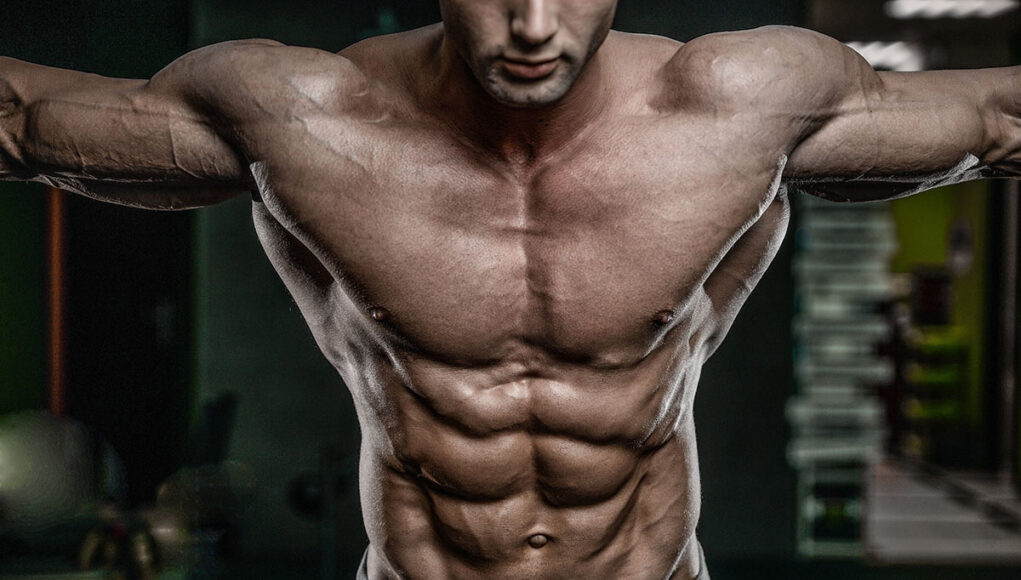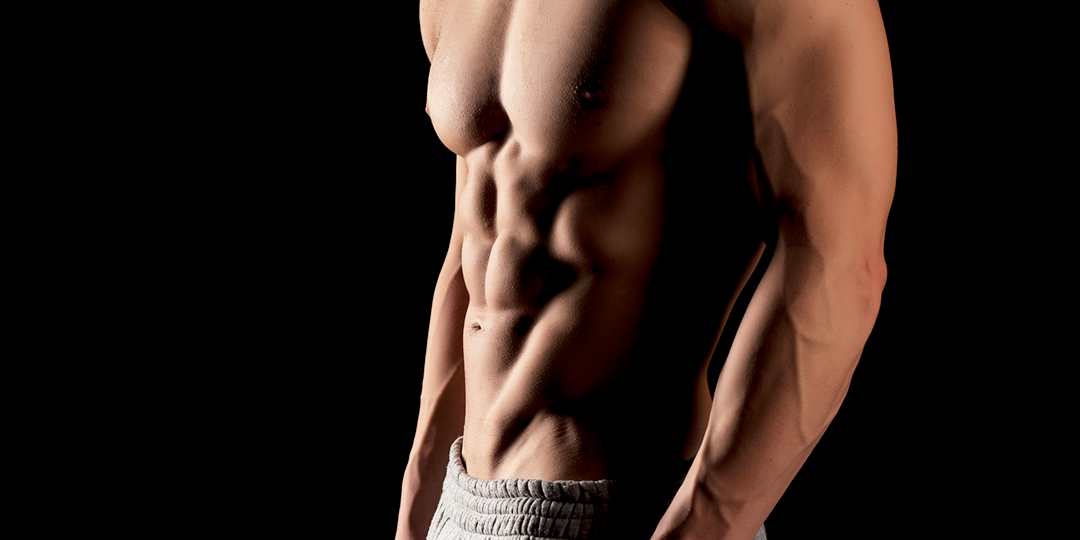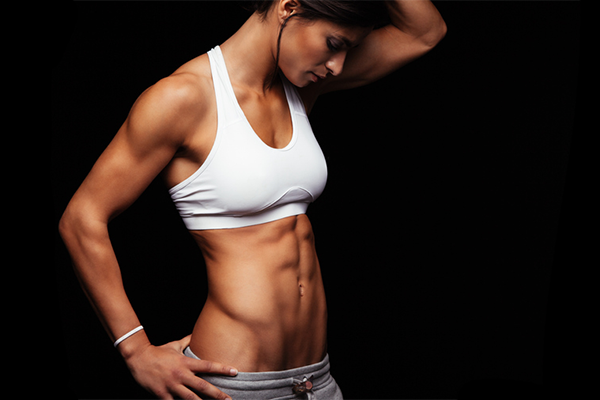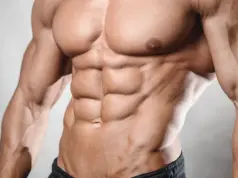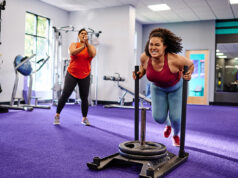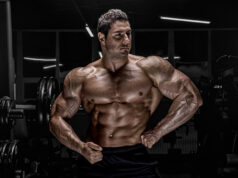What Are Obliques and How to Train Them for a V-Cut Physique
When most people think about core training, they focus on the six-pack muscles, or rectus abdominis. However, if you want a truly well-developed midsection, your obliques are just as important.
These muscles not only enhance aesthetics but also improve core stability and overall strength.
Understanding what the obliques are, how to train them effectively, and how they contribute to the sought-after V-cut abs will help take your physique to the next level.
What Are Obliques?
The obliques are a pair of muscles on each side of your torso that play a crucial role in rotation, lateral flexion, and overall core stability. There are two main types:
External Obliques – These are the larger, more superficial muscles running diagonally from the lower ribs to the pelvis. They are primarily responsible for twisting and bending movements.
Internal Obliques – Located underneath the external obliques, these muscles run in the opposite direction and provide additional rotational support and compression for the core.
Strong obliques not only improve athletic performance but also contribute to a defined, aesthetic waistline. Properly developed obliques help frame the abs and create the sharp, angular look that many bodybuilders strive for.
Best Exercises for Training Obliques
To build strong, visible obliques, a combination of weighted and bodyweight exercises is key. Training with progressive overload—adding resistance over time—will help develop the muscle definition needed for a sculpted waistline.
Hanging Oblique Knee Raises – Hanging from a pull-up bar, bring your knees up toward one side of your torso, engaging the obliques. Alternate sides to ensure balanced development.
Russian Twists – Sitting with your feet off the ground, rotate your torso from side to side while holding a weight. This exercise builds rotational strength and carves out the obliques.
Side Planks with Hip Dips – Holding a side plank position, lower and lift your hips in a controlled motion. This movement increases endurance and muscle engagement in the obliques.
Cable Woodchoppers – Using a cable machine, pull the handle diagonally across your body, engaging your obliques throughout the motion. This mimics functional twisting movements and builds definition.
Landmine Twists – Holding a barbell in a landmine attachment, pivot your feet and twist your torso, emphasizing control and core engagement.
Incorporating these exercises into your regular training routine will help develop stronger, more visible obliques.
How to Get the V-Cut on Abs
The “V-cut” refers to the sharp lines that run from the obliques down to the pelvis, giving the lower abs a sculpted, aesthetic appearance. Achieving this look requires a combination of low body fat, core training, and overall muscle development.
Lower Your Body Fat
The V-cut will only be visible when body fat is low enough. For most men, this means getting below 10-12% body fat, while women may need to be around 16-18%. Achieving this requires a combination of:
- Caloric Deficit – Burning more calories than you consume is key to shedding excess fat.
- High-Protein Diet – Protein supports muscle retention while losing fat.
- Consistent Cardio – High-intensity interval training (HIIT) and steady-state cardio can help accelerate fat loss.
Strengthen the Lower Abs and Obliques
The V-cut is largely formed by the lower portion of the rectus abdominis and the external obliques. Exercises like hanging leg raises, reverse crunches, and cable woodchoppers will strengthen these areas and enhance definition.
Avoid Overdeveloping the Wrong Areas
Some people worry about thick obliques making the waist look wider. While training the obliques is essential for core function, excessive weighted oblique work without fat loss can lead to a blockier waist.
The key is balancing resistance training with a fat-burning approach to achieve a tapered, aesthetic look.
What Is the Adonis Belt?
The Adonis belt refers to the V-shaped lines that run from the obliques down to the hip bones, creating a well-defined, chiseled look.
It is caused by the inguinal ligament and the surrounding muscle definition. This feature is often associated with a lean, muscular physique and is highly sought after in bodybuilding and fitness communities.
Is It Called the Apollo Belt or Adonis Belt?
The terms “Adonis belt” and “Apollo belt” are often used interchangeably. However, “Adonis belt” is the more commonly used term, named after Adonis, the Greek god of beauty and desire.
Some also refer to it as the “V-line” or “inguinal crease.” Regardless of the name, the formation of this feature is primarily due to low body fat and well-developed oblique and lower abdominal muscles.
Can Females Have an Adonis Belt?
Yes, women can develop an Adonis belt, though it may be less pronounced due to naturally higher body fat percentages and different fat distribution patterns.
With disciplined training and low body fat, women can still achieve visible V-lines. However, genetics play a role in how prominent the feature appears.
Can You Train Your Adonis Belt?
Yes, while the Adonis belt is partially genetic, you can enhance its definition with proper training and fat loss. The key is to strengthen the lower abs, obliques, and hip flexors while maintaining a lean physique.
Exercises like hanging leg raises, weighted decline sit-ups, and cable woodchoppers will help build muscle in this area. Additionally, a strict diet and cardio regimen are necessary to keep body fat low enough for visibility.
Obliques vs. No Obliques: Do They Matter?
Some bodybuilders and fitness enthusiasts debate whether training obliques is necessary. The argument against oblique training is that excessive development could lead to a wider waist, diminishing the classic V-taper.
However, neglecting obliques can result in core instability, reduced athletic performance, and an incomplete aesthetic.
Why You Should Train Obliques:
- Core Stability: Strong obliques help prevent injury and improve performance in compound lifts like squats and deadlifts.
- Aesthetic Balance: A well-defined core looks more complete with visible obliques framing the abs.
- Athletic Performance: Many sports rely on rotational power, making oblique strength essential for functional movement.
Why Some Avoid Heavy Oblique Training:
- Fear of a Thicker Waist: Excessive oblique muscle mass without proper fat loss can make the waist appear wider rather than tapered.
- Genetic Factors: Some people naturally have a blockier waist structure, and overtraining obliques might not complement their ideal physique.
The best approach is to train obliques strategically—enough to develop definition and strength without excessive hypertrophy that could interfere with aesthetic goals.
Final Thoughts
Obliques are a crucial part of a well-developed core, providing both aesthetic appeal and functional strength. If you want to achieve the coveted V-cut and a sculpted midsection, training the obliques with a combination of rotational, lateral, and stability exercises is essential.
However, balance is key—overdeveloping these muscles without reducing body fat can lead to a blockier appearance. With the right mix of diet, fat loss, and core training, you can carve out a strong, lean waistline that enhances your overall physique.

